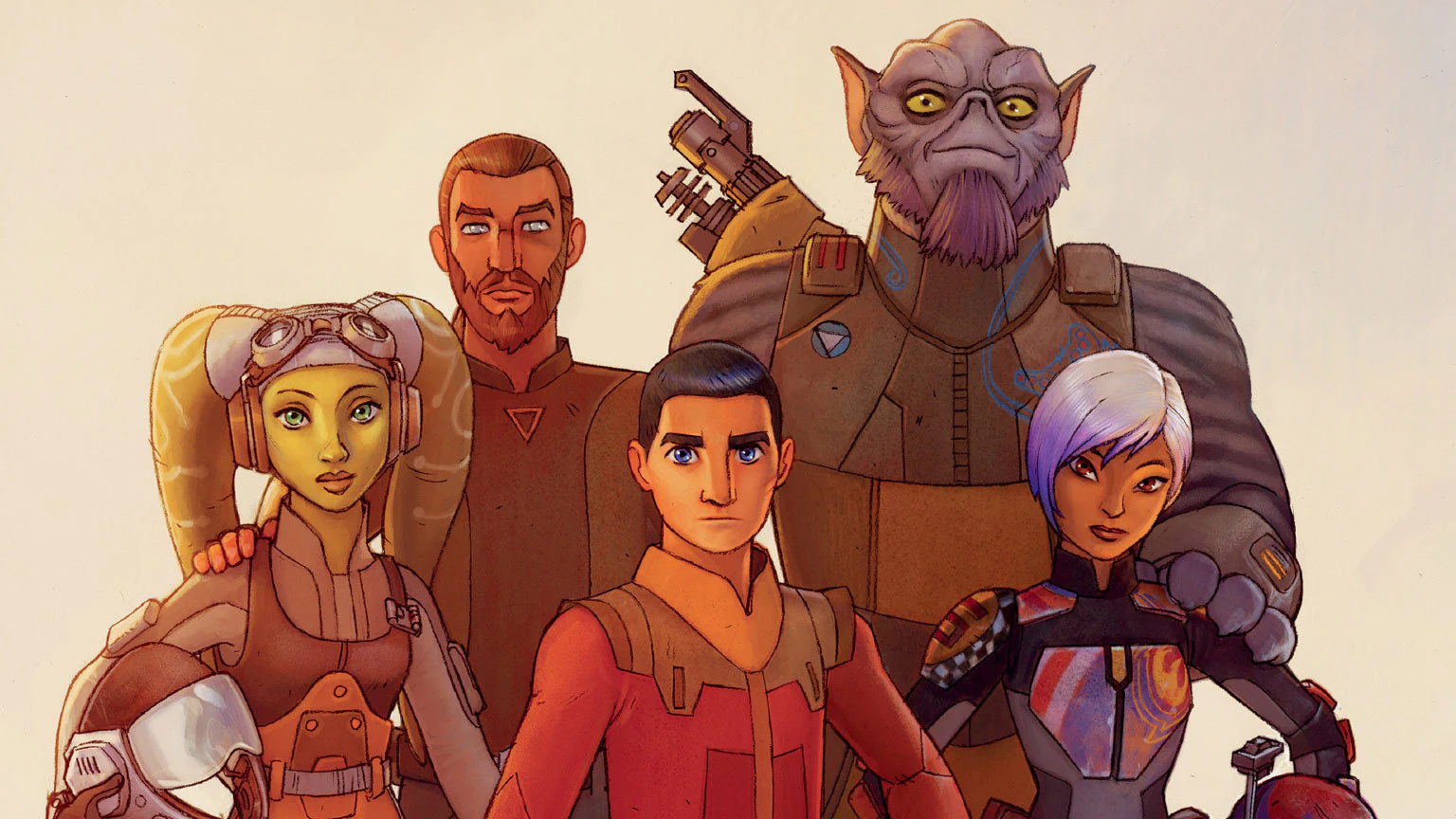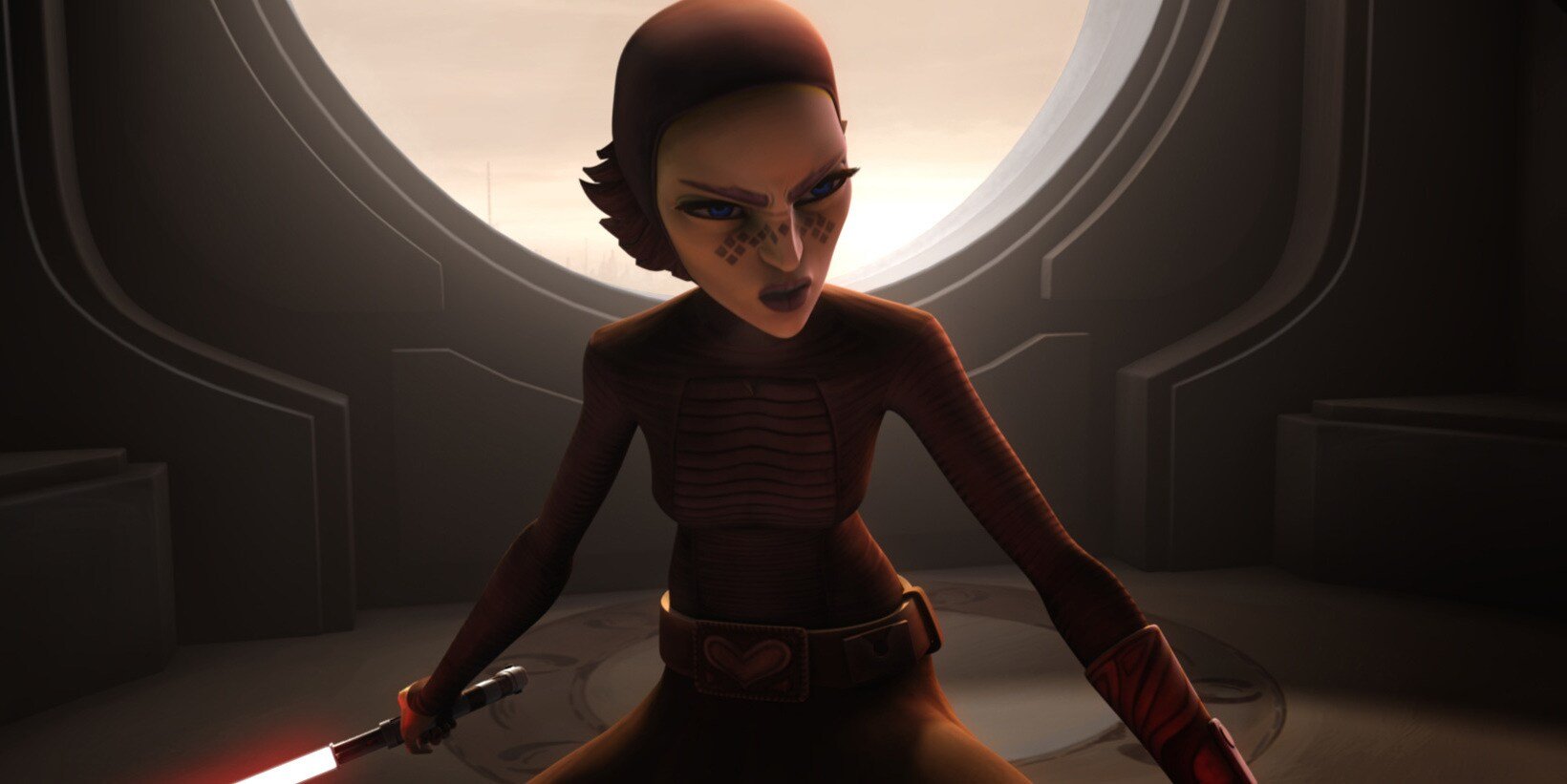Review: ‘The Pale Blue Eye’ Is a Solid Murder Mystery Coming to Netflix
Scott Cooper writes and directs The Pale Blue Eye, a new murder mystery that is coming soon to Netflix.
The film is an adaptation of the 2003 novel by Louis Bayard, and follows detective Augustus Landor (Christian Bale) investigating a series of suspicious murders in the United States Military Academy during the year 1830. Landor, haunted by his past and living by himself in the woods, is contacted by high-ranking officers to help them solve the murder of a man who’s been hanged and whose heart was later stripped away from his chest. The detective must learn to navigate through the ranks of training cadets to gather the information he needs to solve the mystery. To help him, he recruits a young cadet named Edgar Allan Poe, played by Harry Melling.
In a season where most have been looking forward to another murder mystery coming to Netflix in Glass Onion, The Pale Blue Eye has certainly gone under most people’s radars for very unfortunate reasons. The two are perhaps polar opposites inside the same genre — Glass Onion features a vibrant color palette thanks to its setting and colorful costume designs, while The Pale Blue Eye has a much more somber and dull color scheme. It is still gorgeous to look at, but for very different reasons. The blue of the sea surrounding a Greek island is now replaced by the whites and greys of snowy West Point, New York. The wide-ranged cast of characters from Rian Johnson’s movie is here significantly toned down. Much like Benoit Blanc, Bale’s Augustus Landor does not speak a lot about himself, but unlike Blanc, whenever he opens his mouth, he goes directly to the point.
The mystery in The Pale Blue Eye, however, is much more attractive than Glass Onion‘s (which I wasn’t very fond of). We see Bale’s character work through it and get stuck, and twists and turns are carefully threaded into the narrative in a natural way. By the end, the script feels very satisfying and we have a whole understanding of the very character at the center of it simply by watching him solve the mystery.
In general, I don’t enjoy pitting two movies against each other, but Glass Onion felt especially relevant here. The Pale Blue Eye is a fantastic murder mystery with interesting characters and well-constructed plot threads. Unfortunately, it’s quite hard to get through, especially towards the middle, when the period piece feel takes over, and looking at old buildings and uninteresting costumes instigates a sense of dullness in the viewer.

Christian Bale (Augustus Landor) and Harry Melling (Edgar Allan Poe) in Netflix’s The Pale Blue Eye.
Besides the writing, one of the best things about the film is Melling’s Edgar Allan Poe. There is a narrative reason to feature Bale’s Augustus Landor as the main protagonist, but Melling’s performance is magnetic enough that an argument could be made for him to be at the center of the story instead of Bale’s character. Towards the end, Scott Cooper tried to introduce some overarching themes in the movie through Christian Bale’s character — criticisms of the dehumanization that the Military Academy applies to its cadets. It was too little too late for it to hold any gravity or relevance to the film, and felt more like a footnote than a point. Had Poe been the central figure of the story, perhaps these themes could have been further explored through visual language rather than spoken. It’s unclear, though, if the narrative could have been as solid with that change of point of view.
There are several highlights that the viewer will take away from The Pale Blue Eye, besides Melling’s beautiful performance as Poe, who is an aspiring poet in the story. Bale gets the job done, but it’s nowhere near his best performance (even if this is definitely the best movie he’s been in this past year). However, the film does a great job of developing the dynamic between Poe and Landor, which was clearly inspired by that of John H. Watson and Sherlock Holmes. Howard Shore’s sweeping score is also used to great effect to pull the audience into the story, and Masanobu Takayanagi’s cinematography is as beautiful in outside shots as it is boring in interior scenes.
The Pale Blue Eye is currently playing in select theaters around the world and will start streaming on Netflix on January 6.
Miguel Fernández is a Spanish student that has movies as his second passion in life. His favorite movie of all time is The Lord of the Rings, but he is also a huge Star Wars fan. However, fantasy movies are not his only cup of tea, as authors like Scorsese, Fincher, Kubrick or Hitchcock have been an obsession for him since he started to understand the language of filmmaking. He is that guy who will watch a black and white movie, just because it is in black and white.








